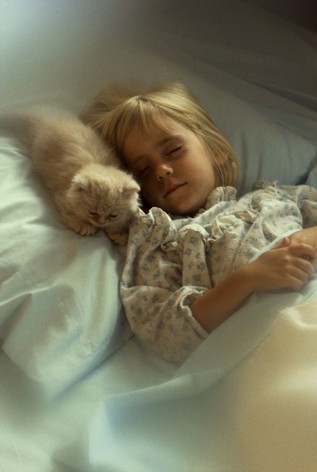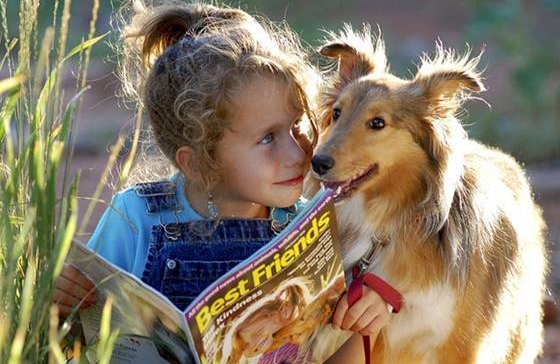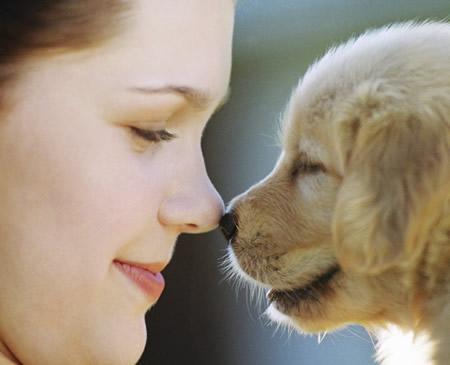A Pet's Memory
Pet Funeral Home
and
Crematory, LLC
Aftercare with Respect
and Dignity,
Because
Pets Are Family Too!!!
For More Information,
Please Call
(228) 863-PETZ (7389)
Children and Pet Loss
For many children, the loss of a pet is their first experience with death, so helping your child to prepare for a pet's death and helping them cope with their feelings are important.
Children experience grief differently than adults, they do grieve. They need support, honesty and guidance to understand and mourn their loss and to find ways to remember and memorialize their deceased pet.
How the child will respond to the death of their pet will depend upon the strength of the bond with their pet, the child's age and developmental maturity stage.
Children of all ages and stages, honesty is the best policy, which also means using the words death and dying and explaining the permanence of death.
2-3 Year Olds.
A child can feel and respond to a pet's death, based on the reactions around him/her. Children of this age do not have the life experiences yet to give them an understanding of pet or human death.
They should be told that the pet has died and will not return. It is important that they understand that they did not say or do anything that caused the death of their pet.
A child at this age does not understand, but picks up on the stress and emotions from other family members.
4-6 Year Olds
The child will miss the pet as a play mate. They see death as a temporary state, thinking that the pet is asleep or continuing to eat, breath and play or will even think that the pet will eventually return.
Children of this age may feel anger towards their pet or think that some form of bad behavior was the cause of their pet's death. These types of grief feelings may include bowel or bladder upsets, as well as change in playing, eating and sleeping habits or regress in their behavior, like thumb sucking.
Allow your child to express feelings and concerns, give extra attention. Drawing pictures and writing stories about their loss may be helpful. Include the child in aftercare arrangements.
7-9 Year Olds
Children in this age group knows that death is permanent. They are very curious and may ask questions that appear to be morbid. These questions are natural, you should answer them the best that you can and honestly and gently.
At this age they manifest their grief in many ways, such as school problems, anti-social behavior,, aggression, and withdrawal or clinging behavior. As with younger children, it is important that they be reassured that they did not say or do anything that caused the death.
10-11 Year Olds
Children in this age understand that all living things will eventually die, is natural and unavoidable. They often react in a manner very similar to adults, using the adults as a role model.
Understanding and accepting are two different things. They may go through the stages like grown ups do: denial, bargaining, anger, guilt, depression and resolution.
Teen Agers
Teenagers react similar to adults. This age group expressions can go from lack of concern to hyper-emotional.
Support from friends are important, especially if their friends have experienced a pet loss themselves.
Suggestions for Family Healing:
Encourage younger children to express their grief by drawing pictures of their pet, and sharing what the pictures mean to them. Always listen to what they have to say.
Make a scrapbook or log with photos, as well as drawn pictures of the pet and other family members. Write memories beneath or beside them. Funny memories should be included which will develop happy memories every time the book is opened.
If a pet has been cremated, a special place can be arranged in the home for the urn, as well as a few pictures and mementos of the pet. Some people keep those things on a fire place mantle or somewhere in the family area. Where ever you choose, make sure that the children are allowed to participate in the decision making process.
If a pet is to be buried, wrap the body in a blanket or place in a casket. To help with the healing process, include all the family members with the burial service.
Plant a living memorial, such as a tree or bush or make a flower bed in memory of a pet.
Make a memorial donation to a favorite charity or local animal shelter. For a suggestion, see our Pet Oxygen Mask page.



